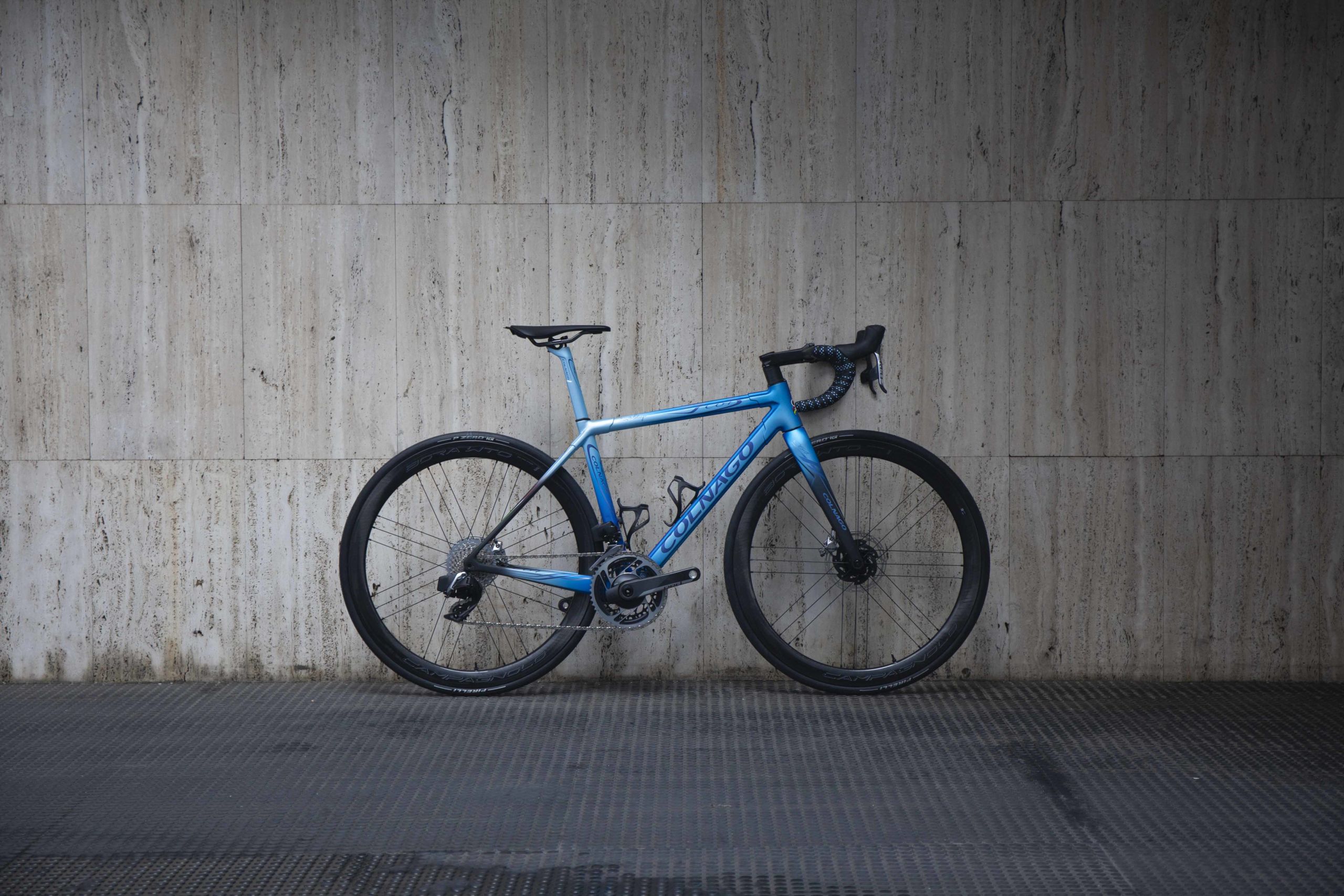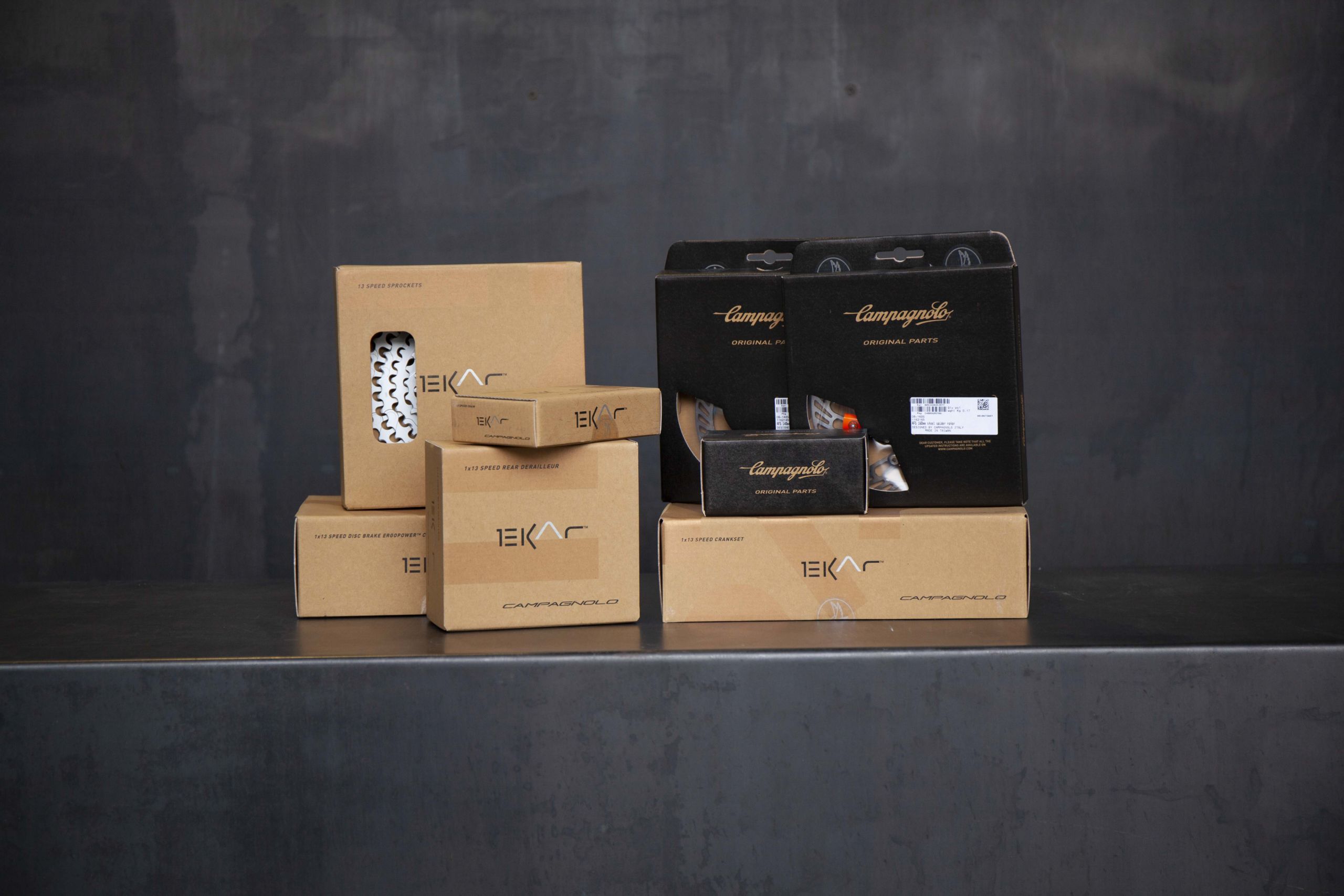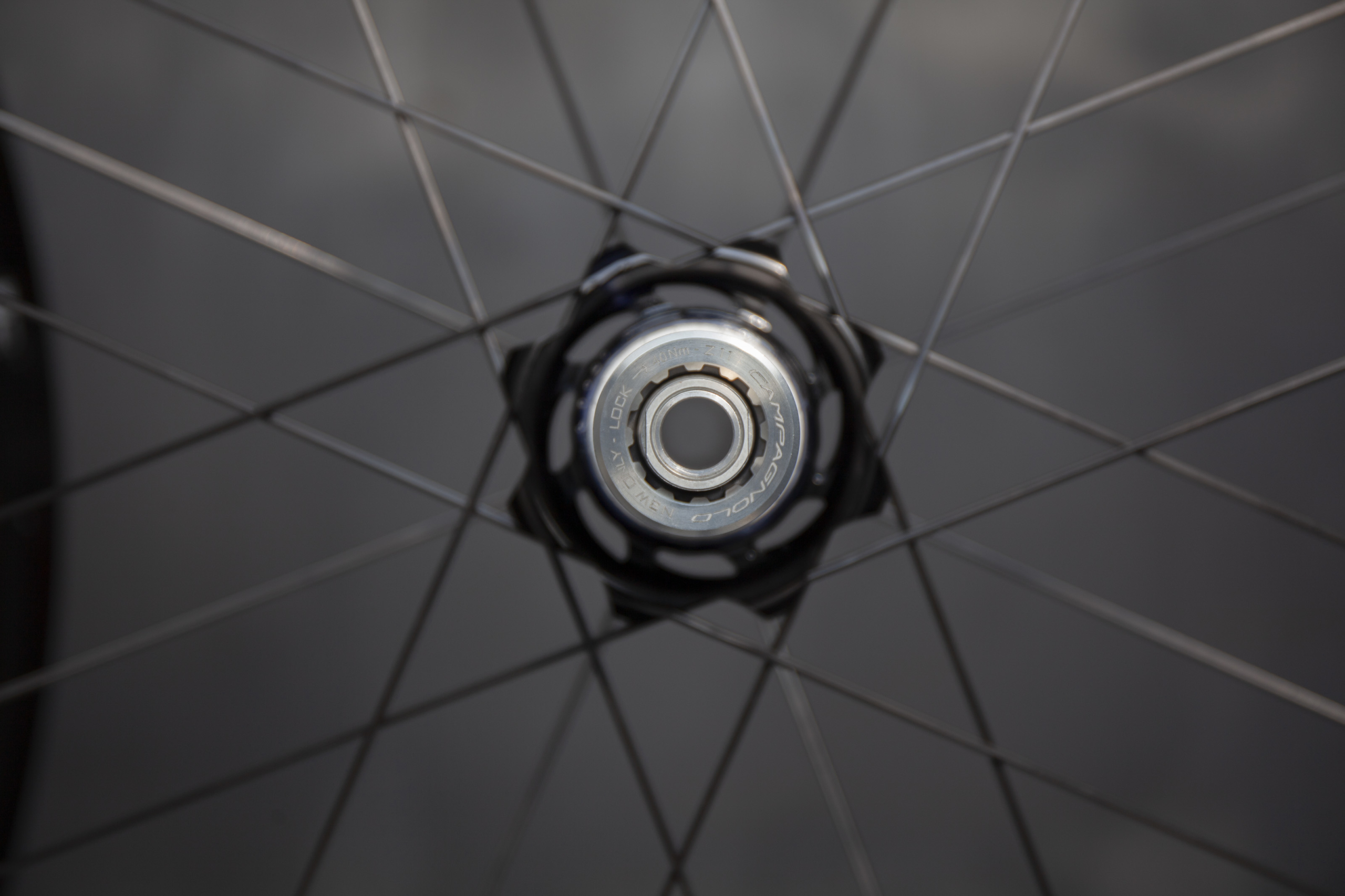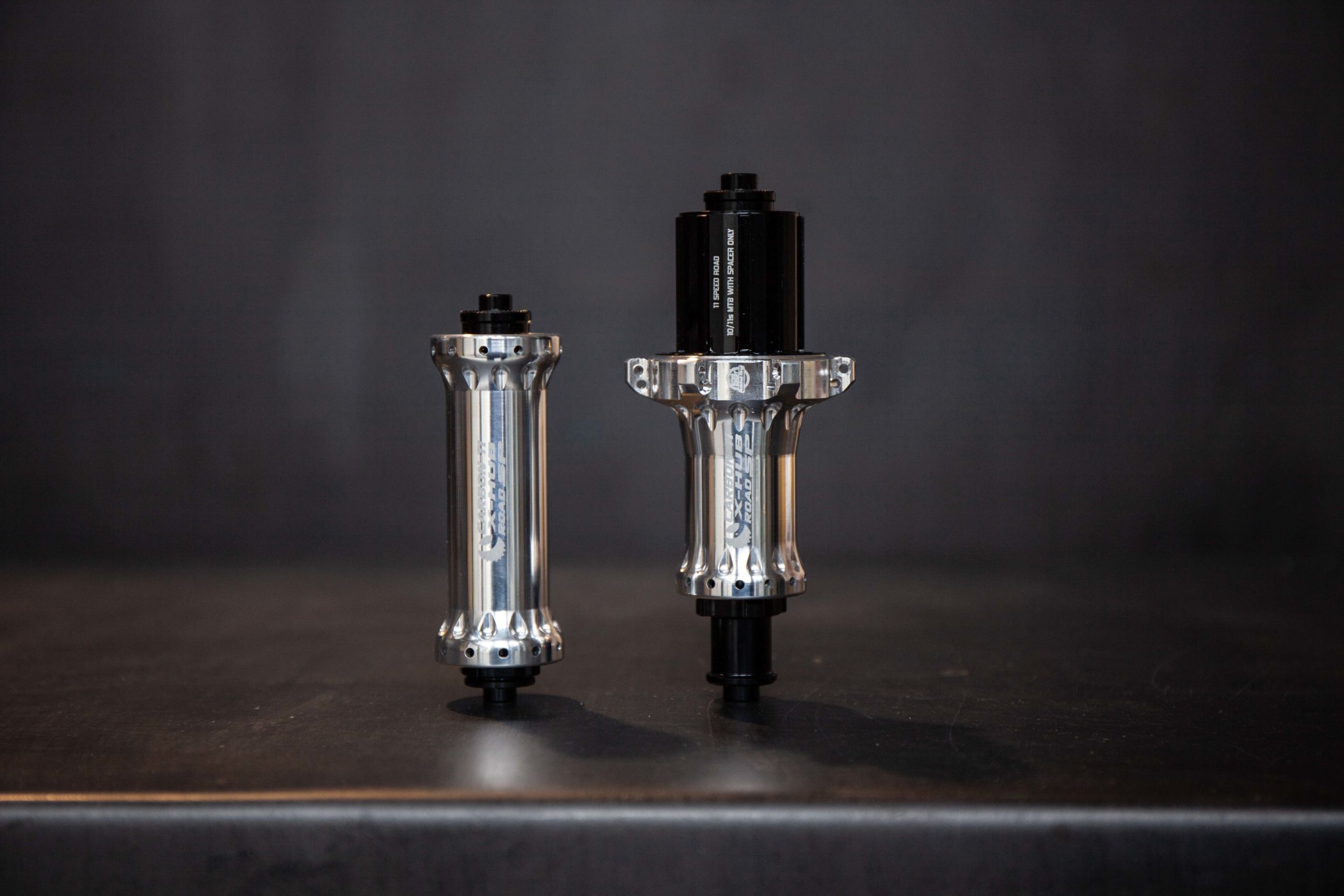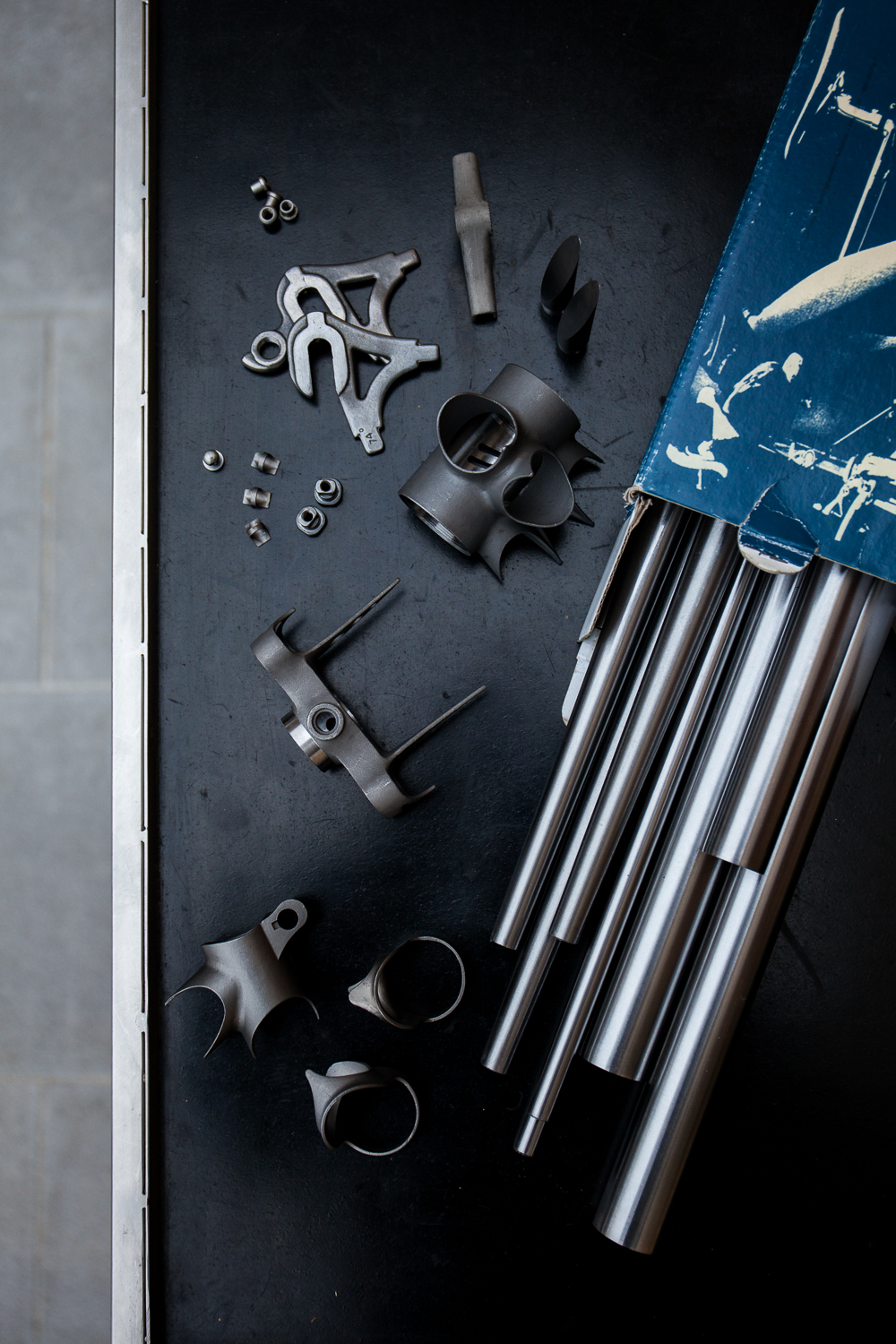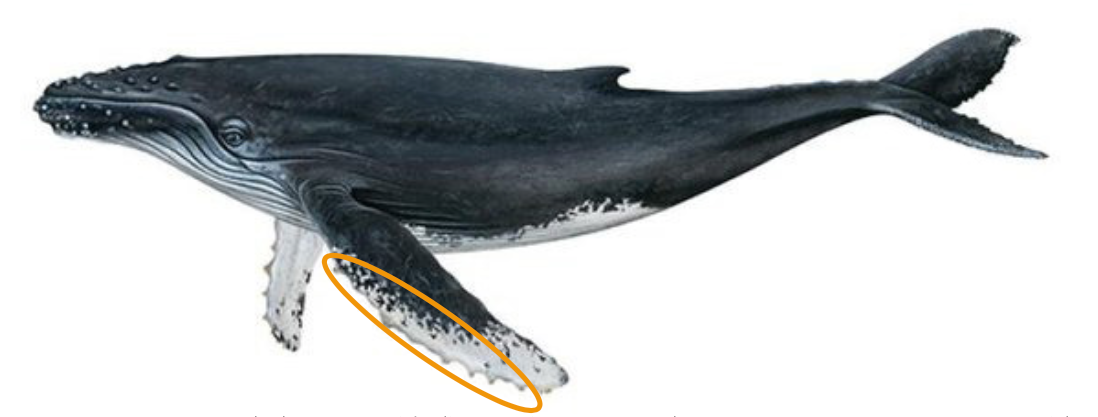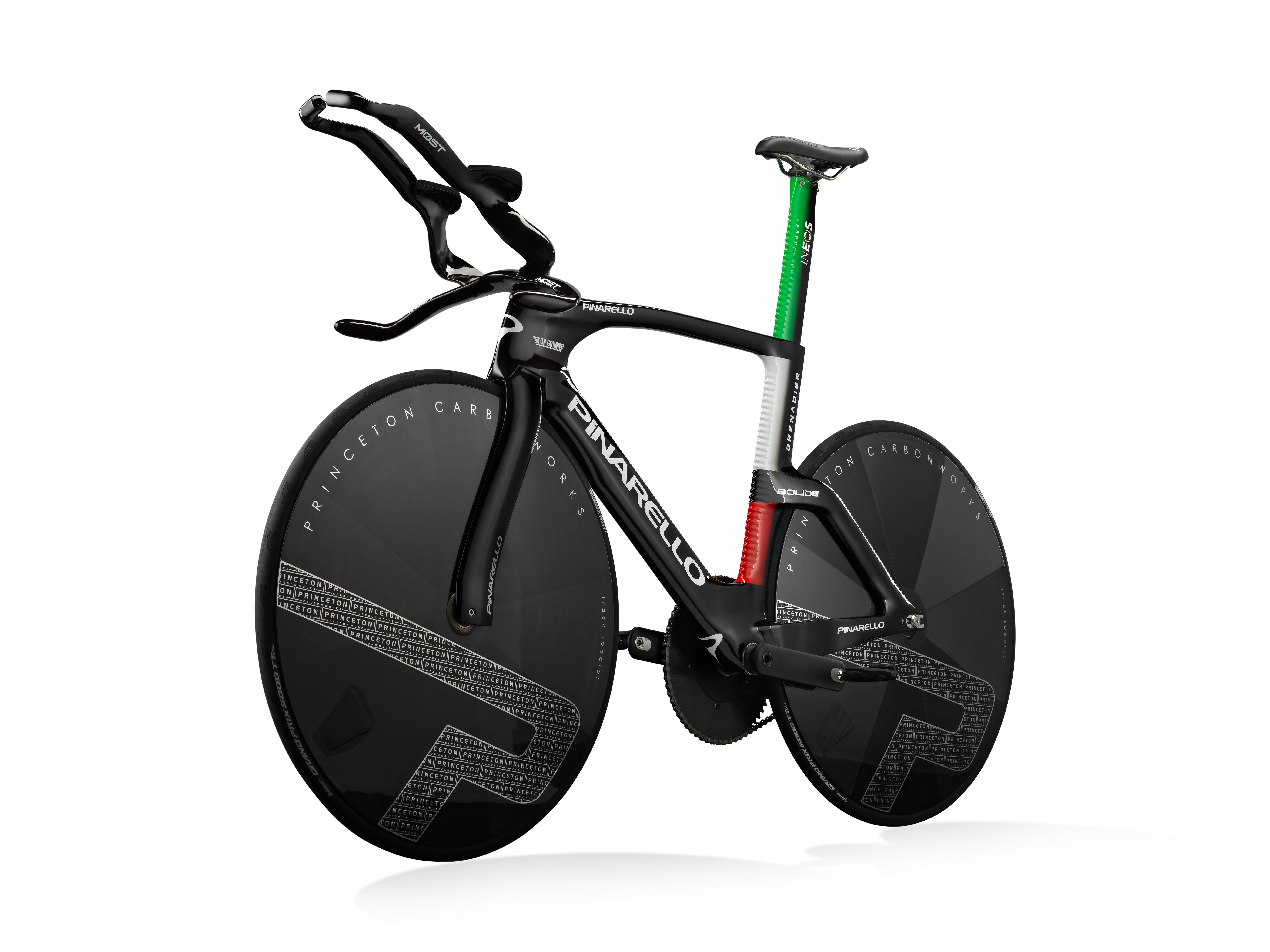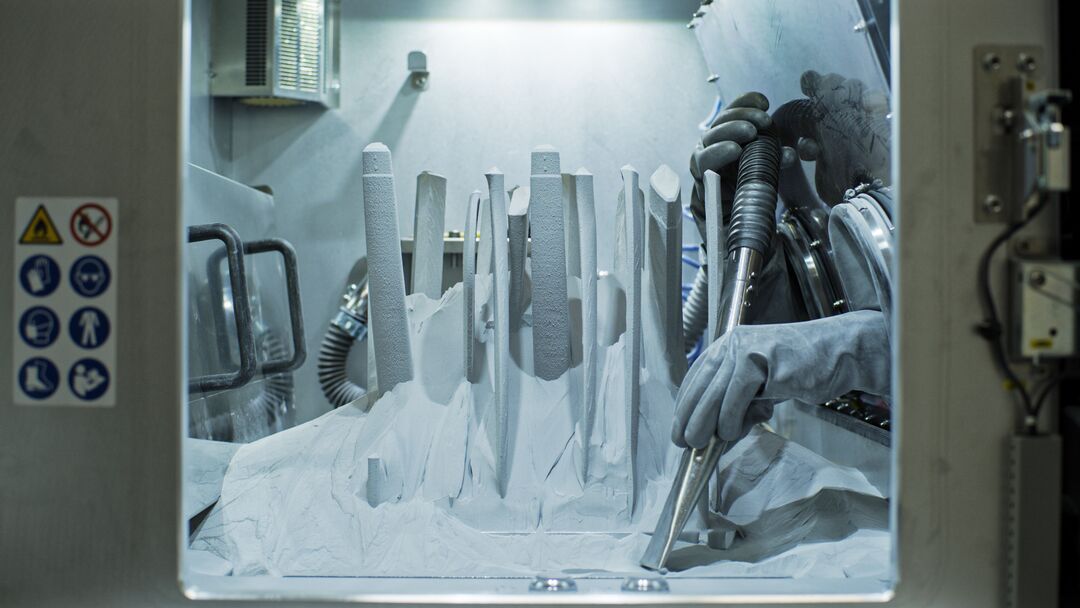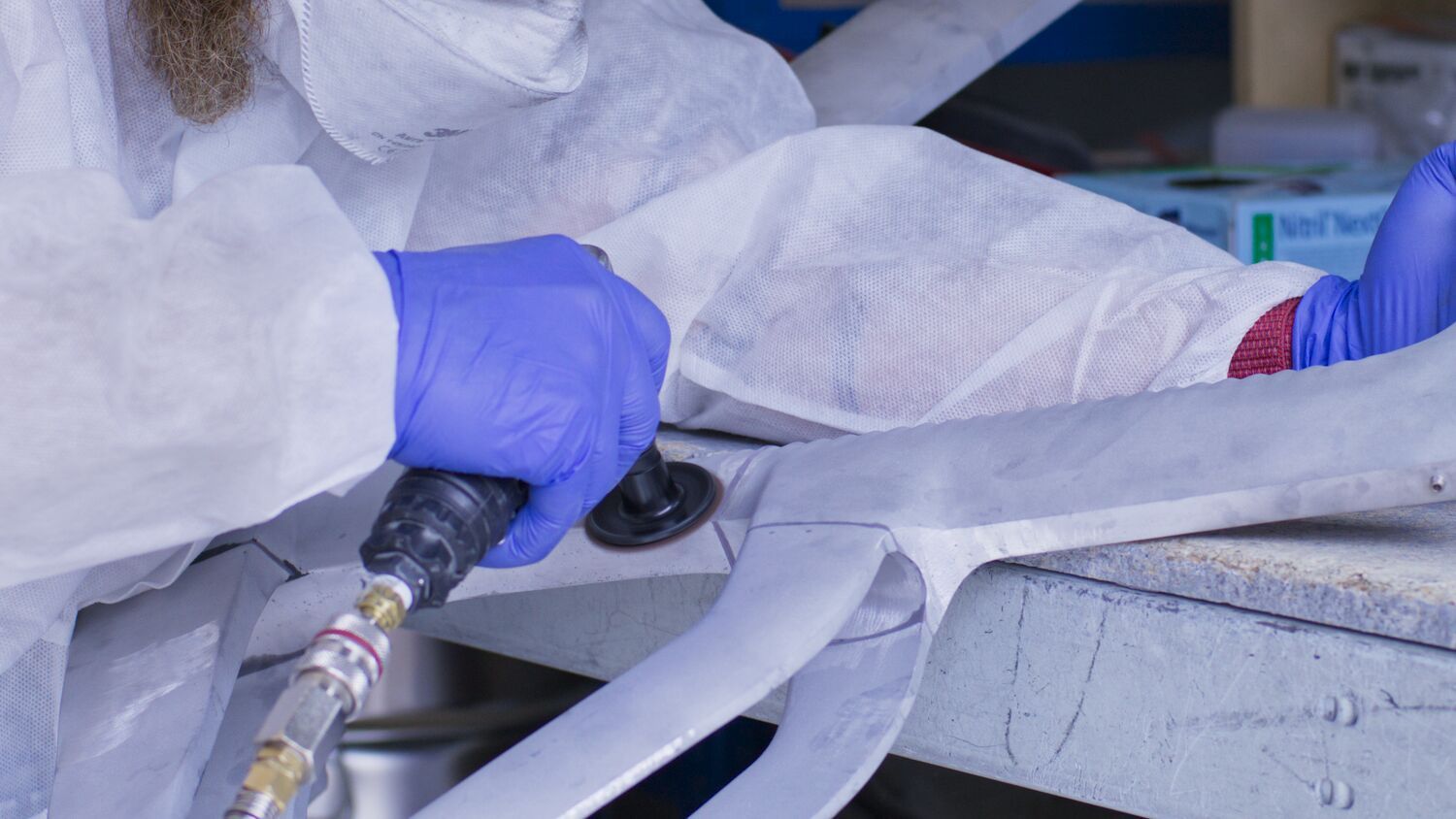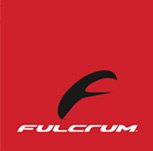Bolide F HR 3D: the first and fastest high performance 3D printed bike ever built. Designed for Filippo Ganna’s uci hour record attempt.
“We are always pushing the level of product design to new extremes to allow our champions to achieve their goals,” says Fausto Pinarello, Pinarello’s Chairman of the Board of Directors.
“Constant innovation and research are the foundations of success if you want to build the fastest time trial bike for the track. From Miguel Indurain’s World Hour record to the recent gold medals in the team pursuit in Tokyo,
Pinarello has always set the gold standard in this segment."
“Working closely with Filippo Ganna and the INEOS Grenadier’s team to develop this revolutionary product is part of our company DNA. And the result of that extreme research, the spirit of innovation it engenders, and the technology it produces is then spread through the whole range of Pinarello products.”
All cyclists always want to ride the best bike available, especially when it comes to aerodynamic performance and power transmission. But for this unique project, the demands are even higher than usual. The Bolide F HR 3D needed a totally perfect fit, designed around the rider, conforming to Filippo’s unique anatomy to maximise both his comfort and overall aero performance. Comfort is often underrated, but when it comes to an UCI Hour Record timed by Tissot attempt it is absolutely crucial because it allows the athlete to go faster for longer. The importance of stiffness is also often underestimated for track bikes, but any flex under power causes the wheels to scrub, losing the athlete crucial centimetres every time they push the pedals.
With that in mind, this project needed to blend strength and stiffness with aero gains, with a production method that would allow for millimetre-perfect sizing and the full utilization of everything Pinarello’s engineers learned from months of intense research. Now, Pinarello is proud to introduce a world-first: a 3D printed frame, designed for a world champion and for his UCI Hour Record timed by Tissot attempt. It will be available for Filippo Ganna and for the global market.
3D printing allowed us to introduce new shapes and features that are impossible to replicate with existing carbon fibre techniques. With this new method we have created a unique aerodynamic shape and reached an incredible level of stiffness. Moreover, it made it possible to add internal reinforcement, create a totally new shape of head tube and importantly, it also drastically cut development time because we were no longer held back by the traditional time constraints of mould production for a carbon fibre frame.
“This is such a unique project; we believe it’s the beginning of a new manufacturing era. The next step will be to make it more affordable by finding ways to scan riders with more affordable equipment and automatically design each unique bike. From a world champion, to every World Tour rider, and eventually to each and every cyclist out there,” Says Federico Sbrissa, Pinarello’s Chief Marketing Officer.

